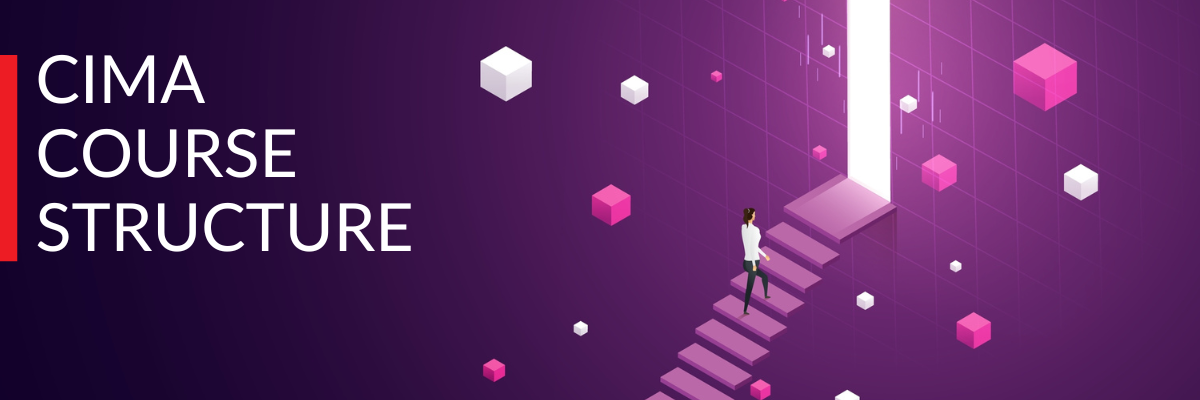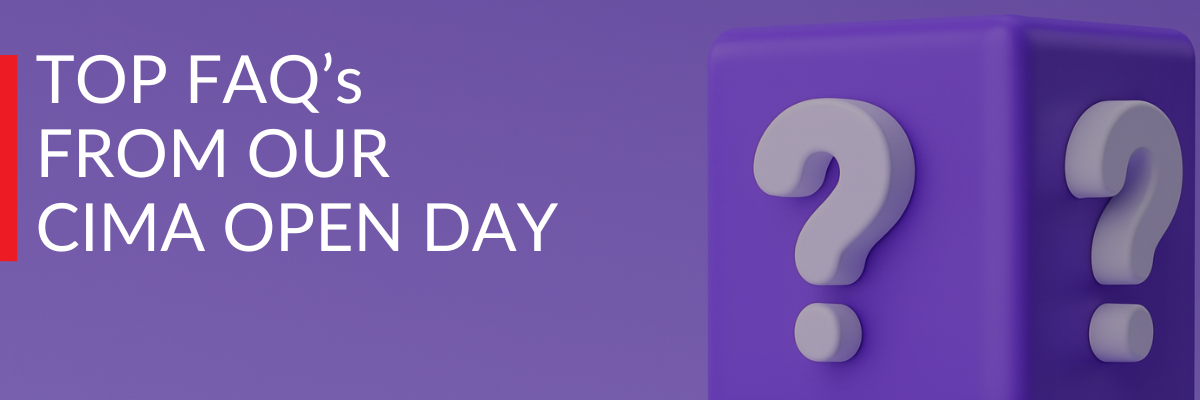If you’re thinking of studying CIMA, one of the first things to understand is how the course is structured.
The CIMA Professional Qualification is divided into three progressive levels, with a foundation Certificate level for those without a prior background or qualification in business or finance.
Whether you choose the traditional route or the FLP (Finance Leadership Programme), the structure remains the same.
Here’s how it works.
CIMA Qualification Levels at a Glance
| Level | Focus | Final Exam |
| Certificate in Business Accounting | Business and finance fundamentals | No case study |
| Operational Level | Day-to-day finance and operations | Operational Case Study |
| Management Level | Performance, projects, and analysis | Management Case Study |
| Strategic Level | Leadership, risk and financial strategy | Strategic Case Study |
Each professional level (Operational, Management, Strategic) includes three subjects and ends with a case study exam that tests how you apply your knowledge to real-world scenarios.
Certificate in Business Accounting (Cert BA)
This is the entry point if you don’t already have a business, accounting or finance qualification.
Subjects:
- BA1: Fundamentals of Business Economics
- BA2: Fundamentals of Management Accounting
- BA3: Fundamentals of Financial Accounting
- BA4: Fundamentals of Ethics, Corporate Governance and Law
Operational Level
The first level of the professional qualification. Focuses on how finance supports daily operations and short-term decision-making.
Subjects:
- E1: Managing Finance in a Digital World
- P1: Management Accounting
- F1: Financial Reporting
Final Exam: Operational Case Study
Management Level
Builds on what you learned at Operational and focuses on planning, analysis, and managing resources.
Subjects:
- E2: Managing Performance
- P2: Advanced Management Accounting
- F2: Advanced Financial Reporting
Final Exam: Management Case Study
Strategic Level
Focuses on long-term strategy, leadership, risk and decision-making.
Subjects:
- E3: Strategic Management
- P3: Risk Management
- F3: Financial Strategy
Final Exam: Strategic Case Study. This is your final exam before qualifying as a CIMA member.
What Stays the Same (FLP vs Traditional Route)
Whether you choose the traditional exam route or study via the FLP, the structure of the qualification does not change.
| Component | Traditional Route | FLP Route |
| Subject Content | E/P/F modules + case studies | Same content |
| Objective Tests | Formal exams for each subject | Continuous competency assessments via platform |
| Case Study Exams | Formal exam | Formal exam (same format) |
FLP just changes how you study — not what you study.
Where Do You Start?
That depends on your background. Here’s a general guide:
| Background | Likely Starting Level |
| No finance or business qualification | Certificate Level |
| BCom / N6 / ICB | Operational or Management Level (with exemptions) |
| ACCA / SAIPA / SAICA membership | Management or Strategic Level |
👉 Read our CIMA Exemptions Explained blog for more details
CIMA Course Overview
The CIMA qualification is structured to build your skills step by step, all the way from foundational knowledge to advanced strategic thinking.
- Each level (excluding Cert BA) includes 3 subject areas
- Every level (excluding Cert BA) ends with a case study exam
- You can study traditionally or via the flexible FLP route
- And depending on your background, you might start higher and skip exams







